A Grecian dilemma – International or Indigenous. Part I
A sommelier goes to a shrink, because even wine connoisseurs need adjustments.
“Lets do some word associations. When I say a word, you shout out a word that first comes to mind. Remember, there is no right or wrong answer”, said the good doctor. The somm agreed.
“Xinomavro” said the shrink. “Naoussa” replied the somm.
“Agiorgitiko”. “Nemea”
“Vradiano” “That’s a tough one. Evia?”
“Assyrtiko”. “Thats easy. Santorini”
“Cabernet Sauvignon”. Silence.
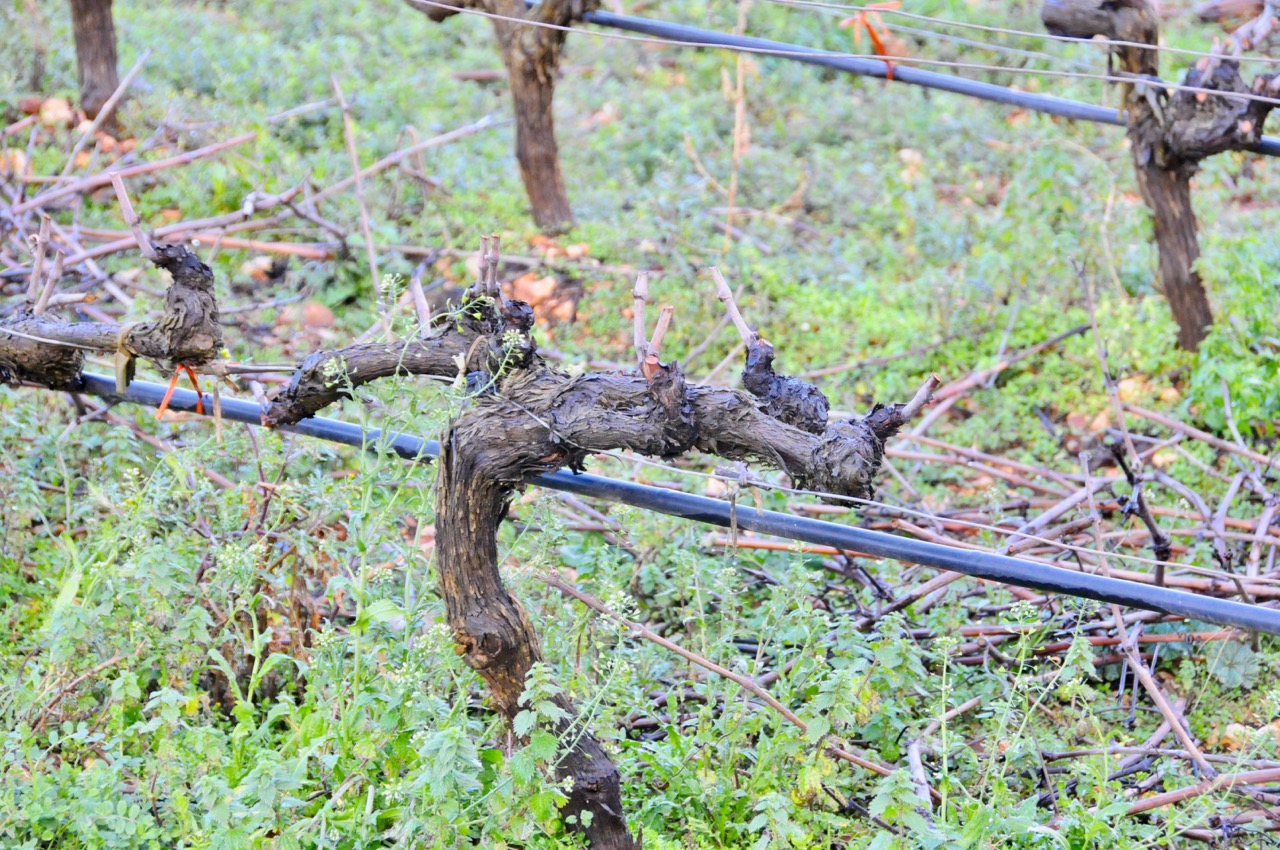
Traveling across Greece and having met with countless winemakers, consultants, academics, if I have to ever find a topic to generate argument, it is whether Greece should stick to its indigenous varieties or focus more attention on international varieties. This is like the “screw cap or cork” debate of the ’90s. Of course, now we all know that screw cap is better. Right? Right?
As an outsider looking in, here is my perspective.
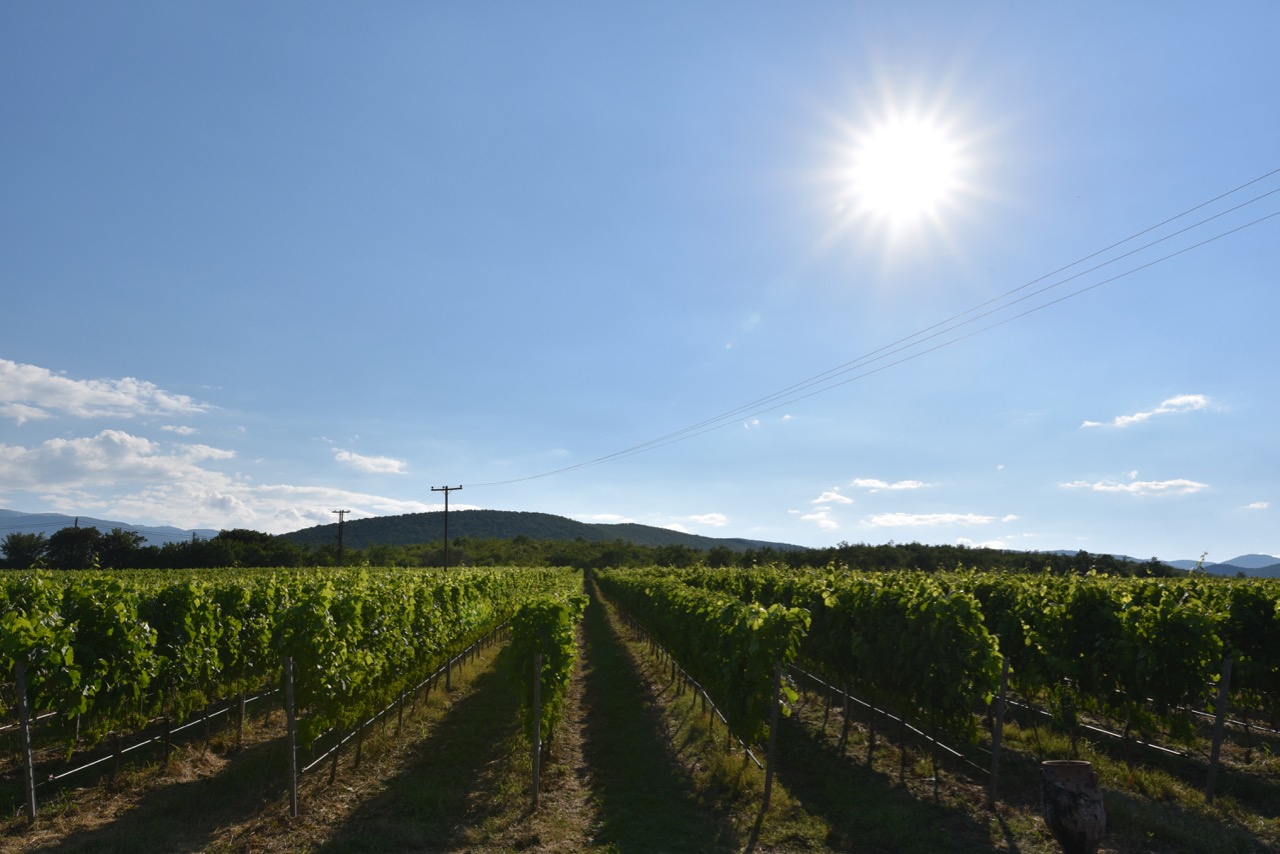
Indigenous grapes. Greece has probably upwards of 300 indigenous grape varieties. That’s almost like Italy. That count is especially impressive when you realize that some grapes can be localized to subregions. Dafni in Crete or Assyrtiko in the Aegean. Xinomavro in Macedonia. Centuries of winegrowing have determined ideal places for these grapes to thrive. Of course, it does outside of it’s established zones as well. We know of excellent Assyrtikos from Evia and the Pelopponese that are not mere imitations of the Santorini ones, but rival the ones from the island. It helps that they are also easier on the wallet!
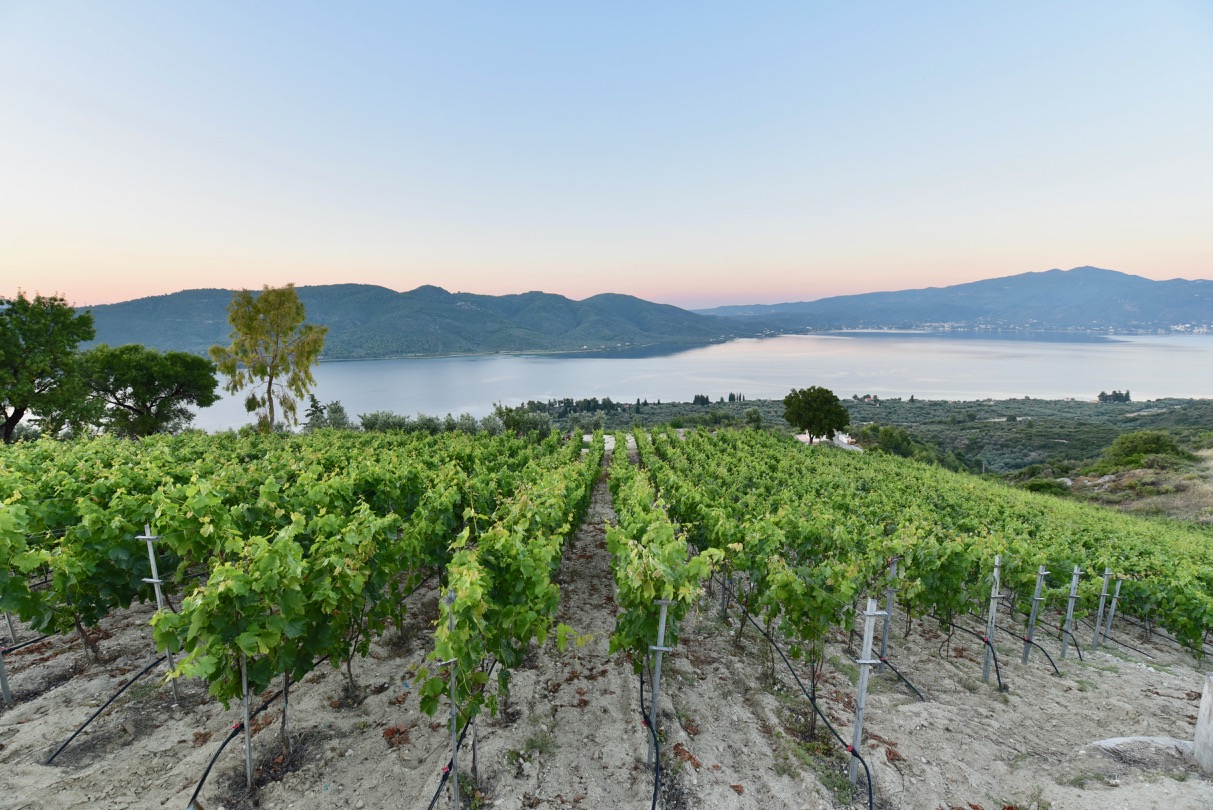
Presence of indigenous grapes thriving in specific appellations, is a sign of robust history. Greece has no shortage of history, although it’s wine history has stuttered due to Phylloxera, World War II and something called the Ottoman Empire. More on that some other time. The recent and ongoing economic crisis created by EU has also affected progress.
A few years back while giving a talk to the American Hellenic Association about Greek wines, I compared the modern day Greek wine world, not to a Greek God, but to a Roman one – Janus. Janus, after who the month of January is named is a two headed deity. He looks forward and backward at the same time. My impression of Greek wine today is that of one with a foot planted in the past and the other reaching towards the future. It is a good image to have.
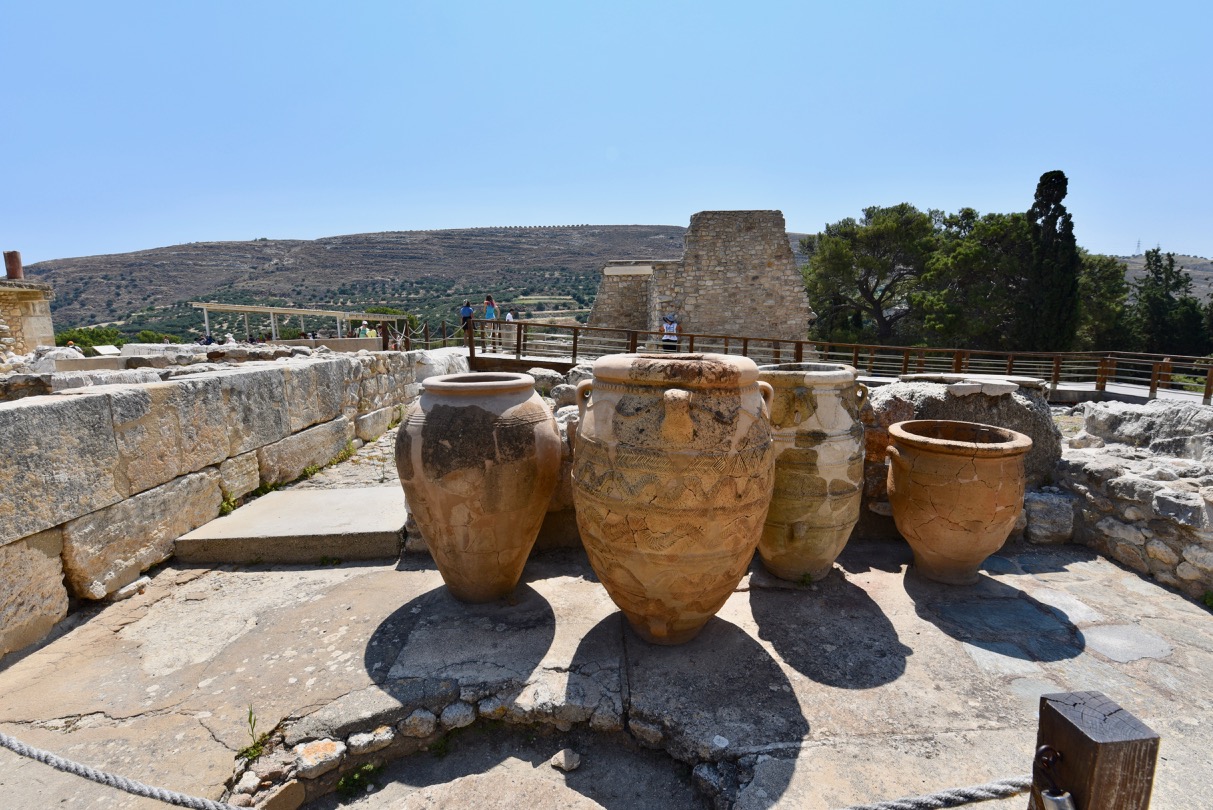
Having indigenous grapes is also good for brand identity. Some advertisers would say that it is easy to sell something that only you own. Hard to find Athiri growing in Oregon or Negoska in New Zealand. Yes, there is that one Assyrtiko from Australia. But, if you had to come up with an example of just one Greek wine, it is undeniably Assyrtiko from Santorini that rises above. It is easy to sell. Blue domed churches. White washed walls. Every damn tourist in the world has been there. Heck, look at the first image of this blog. My wife took that one with an iPhone. Everybody wants to drink Greece after their Summer holidays. So, it is good for Santorini. But, is it good for Greek wines at large. I think not.
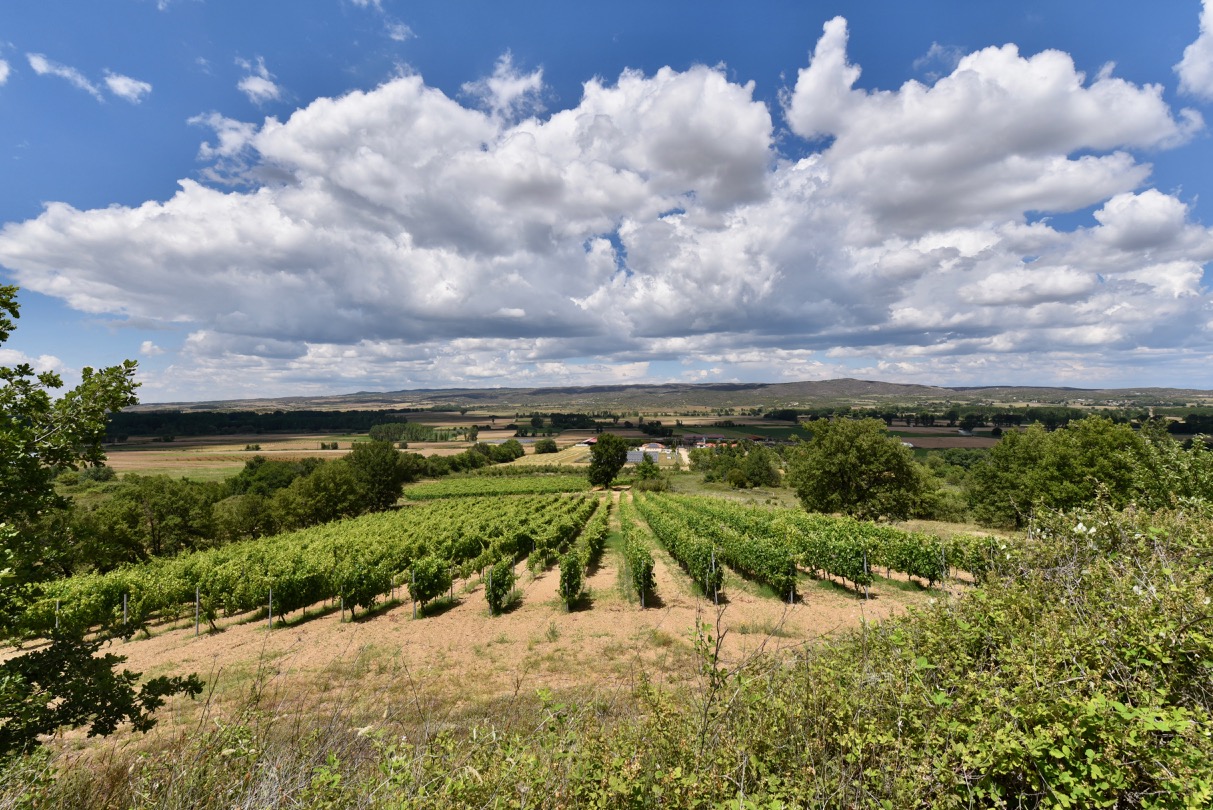
The amazing thing about the indigenous grapes of Greece is not that there are so many of them. The amazing thing is that there are so many really good ones. If you are a wine lover, and haven’t had Greek wines, boy, are you in for a treat! But when Santorini hogs the limelight and the tourists, it also hogs attention. I am not talking about the cognoscenti. I am talking about the casual tourist. I am talking about the ones who read articles like ” 7 Greek wines you should try” and go away thinking that is all there is.
I have had some folks say that that it will trickle down and attention eventually will shine on the other regions as well. To them I say “B.S”. Ask Lodi about the trickle down from Napa. Like a snail walking slowly along Highway 12. Not going to happen. If you want it to happen, make it happen.
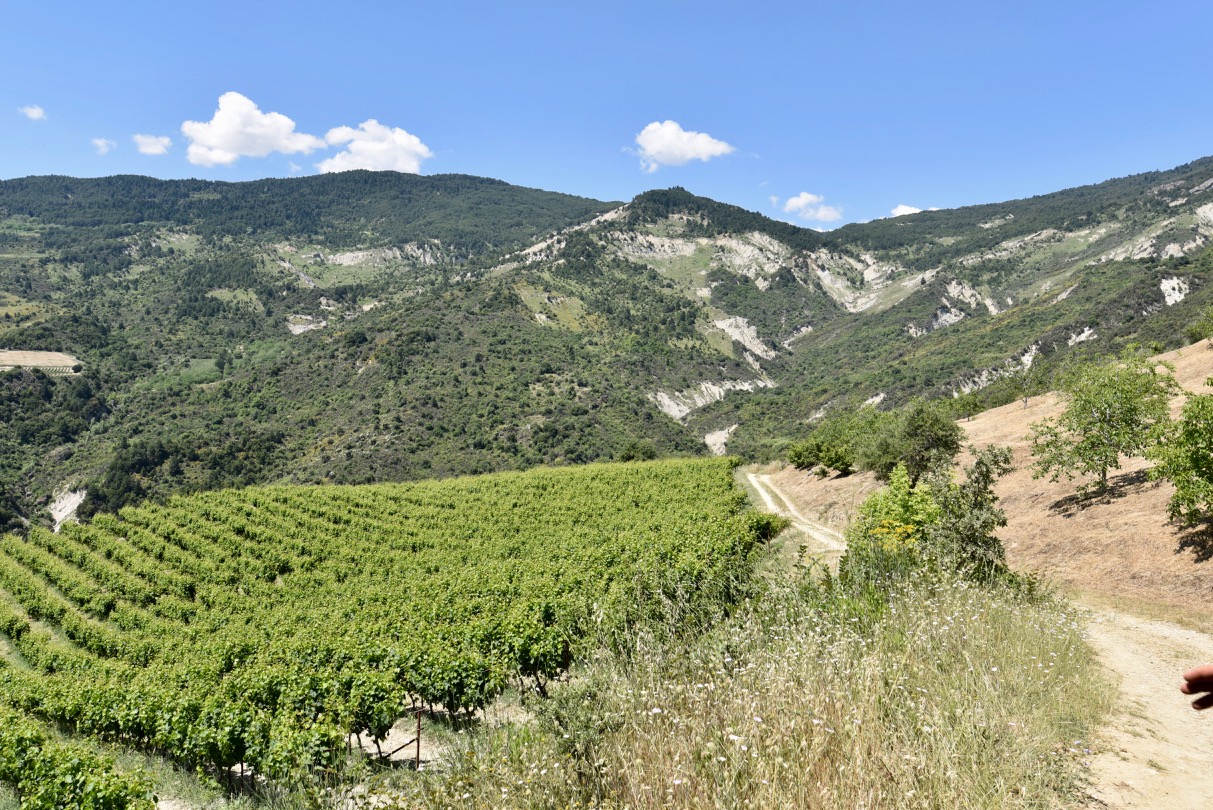
Greece wineries should be a chorus of one voice. The one that of Greek wine identity. The one that sings of quality and culture and discovery and evolution. If you want to throw in a few blue domed churches, go for it.
But the chorus should be made of strong voices, each singing the virtues about the regions themselves. Evia. Crete. Nemea. Naoussa. Pieria. Samos. Cephalonia. You get the picture? And even within that, there needs to be harmony. Exalt no one person. Raise everyone equally. There is no King of Nemea or Queen of Santorini or the rest will remain serfs. I recognize that there are bureaucratic and economic challenges to achieve that. But, I am just saying.
I have listed at the end of this post, a few quasi-governmental organizations promoting their regions.
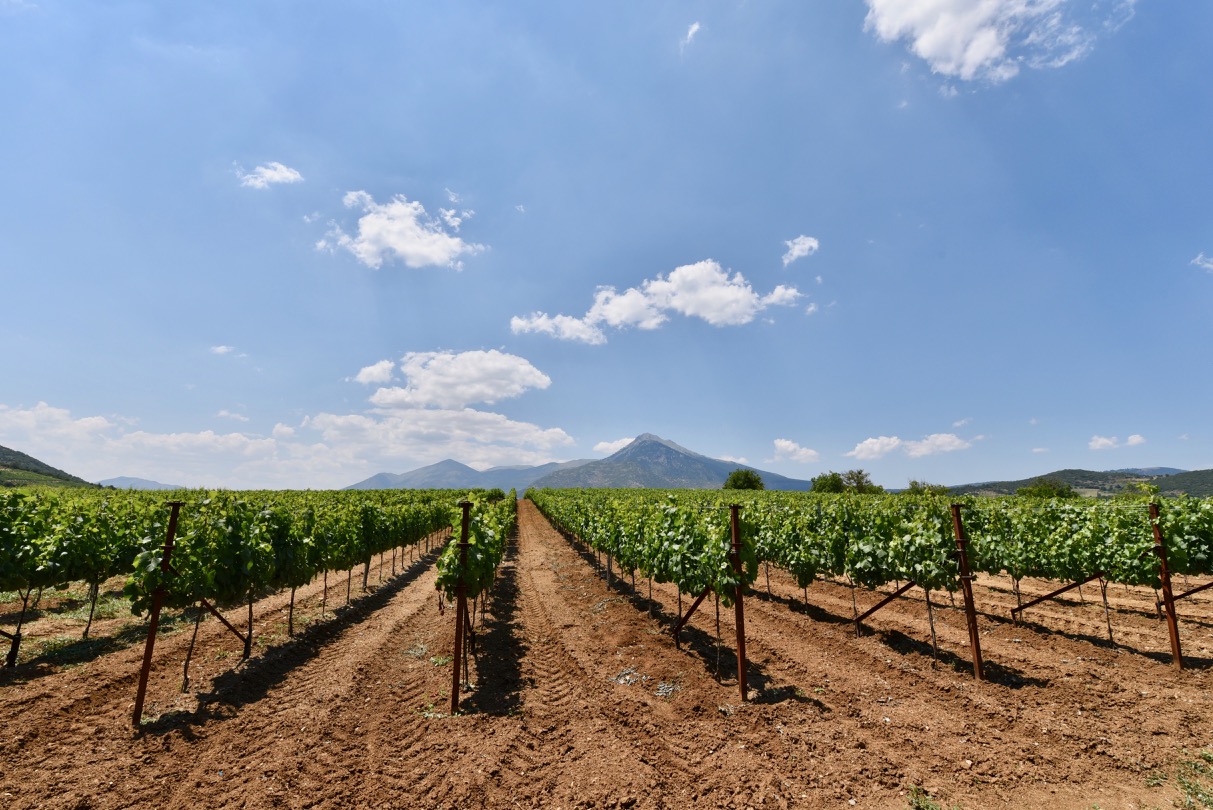
I guess, this post turned more into a manifesto/rant/unsolicited advice, than a simple exultation of indigenous Greek varieties. But like I said, I speak as someone on the outside looking in. As an importer, it is easy to promote a portfolio with indigenous grape varieties. I mean, no one else is selling a Cabernet-Mavrodaphne blend. We got that market covered. The problem is that nobody knows what a dry Mavrodaphne is. Some have had a cloyingly sweet wine made from Mavrodaphne. Let me tell you that it is not the advertisement you need. Might as well stick with retsina then.
A few examples of wines from indigenous grapes from the portfolio of Sierra Nevada Imports. There are so many more. Write to us to learn more. [email protected]
The following are some organizations making an effort to promote their appellations:
Wines of Crete: Their website gives a listing of Cretan grape varieties and maintains a good listing of wineries in the region.
Wines of Naoussa: This site gives a description about Naoussa and also about the grape Xinomavro. There is no listing of wineries in the region.
Wines of Drama: This site has a sparse description about the region and the PGI and lists some wineries. I suspect there are more than seven wineries in Drama.
Wines of Santorini: Good history of the region, it’s grapes and some great recipes! Wineries are listed, but it is not comprehensive.
Wines of Athens: This is mostly about Attica. This is about Savatiano and also by extension, about retsina. Some wineries are listed.
The following gives a good overview of Greek wines in general:
New wines of Greece: An excellent source to learn about Greek wines in general. Does a good job with promotion of the various regions, wine tourism and wine pairings.
Graperover: Unusual name, but excellent overview of various regions and it’s wines. Easy to navigate site.
If you can think of any I missed, let me know.
So, now that we talked about indigenous grape varieties, let’s talk about international varieties in Part II.


Facebook Comments